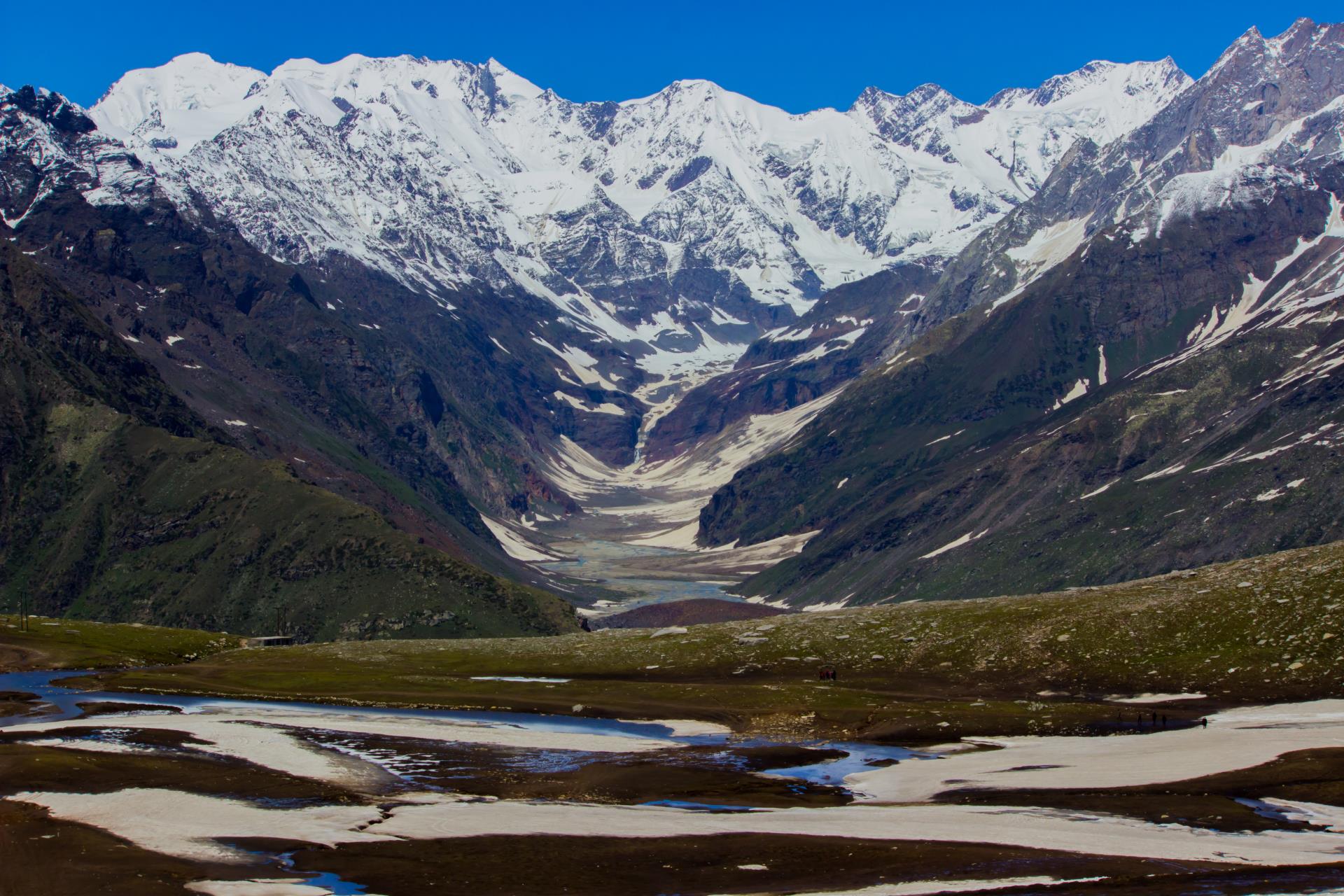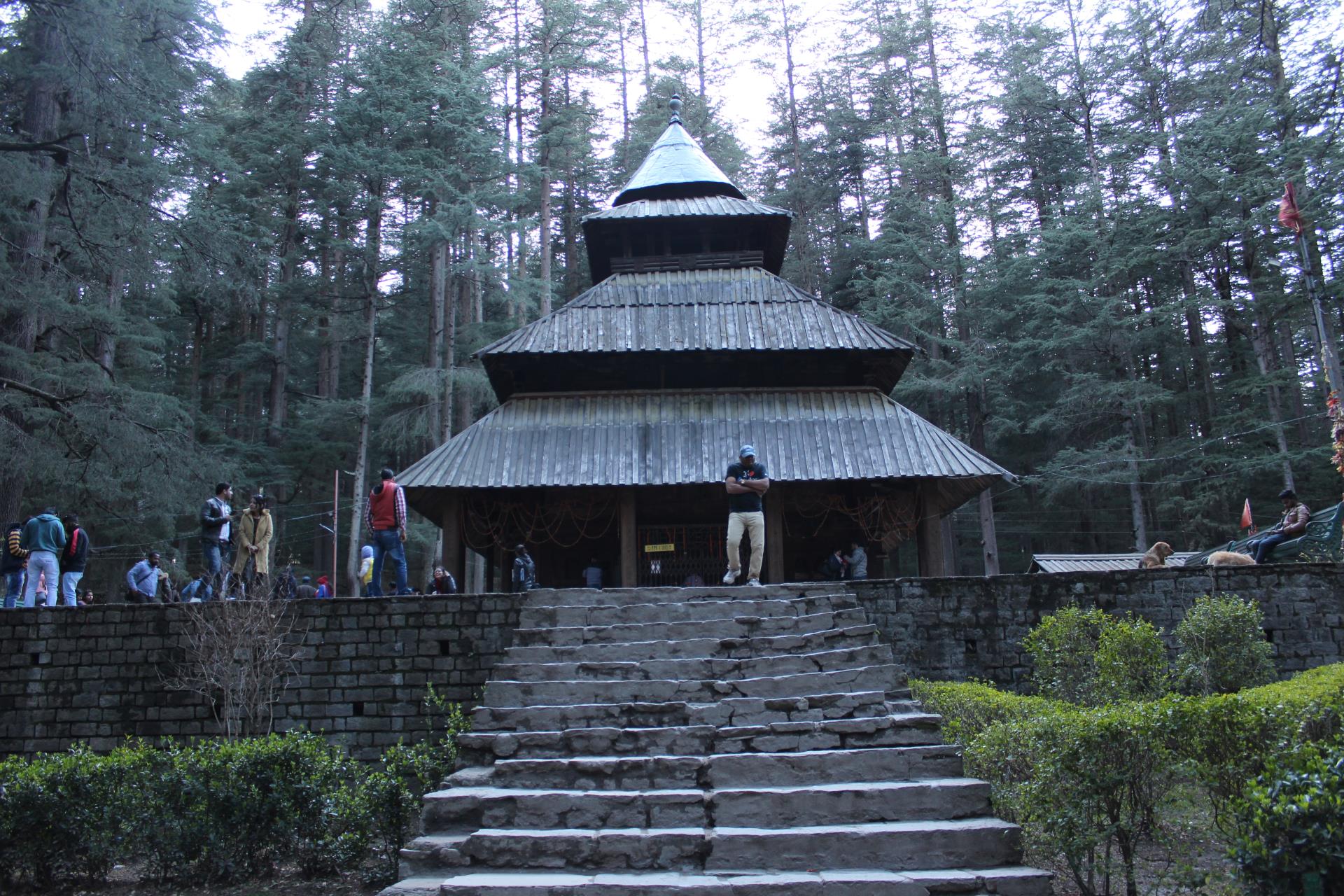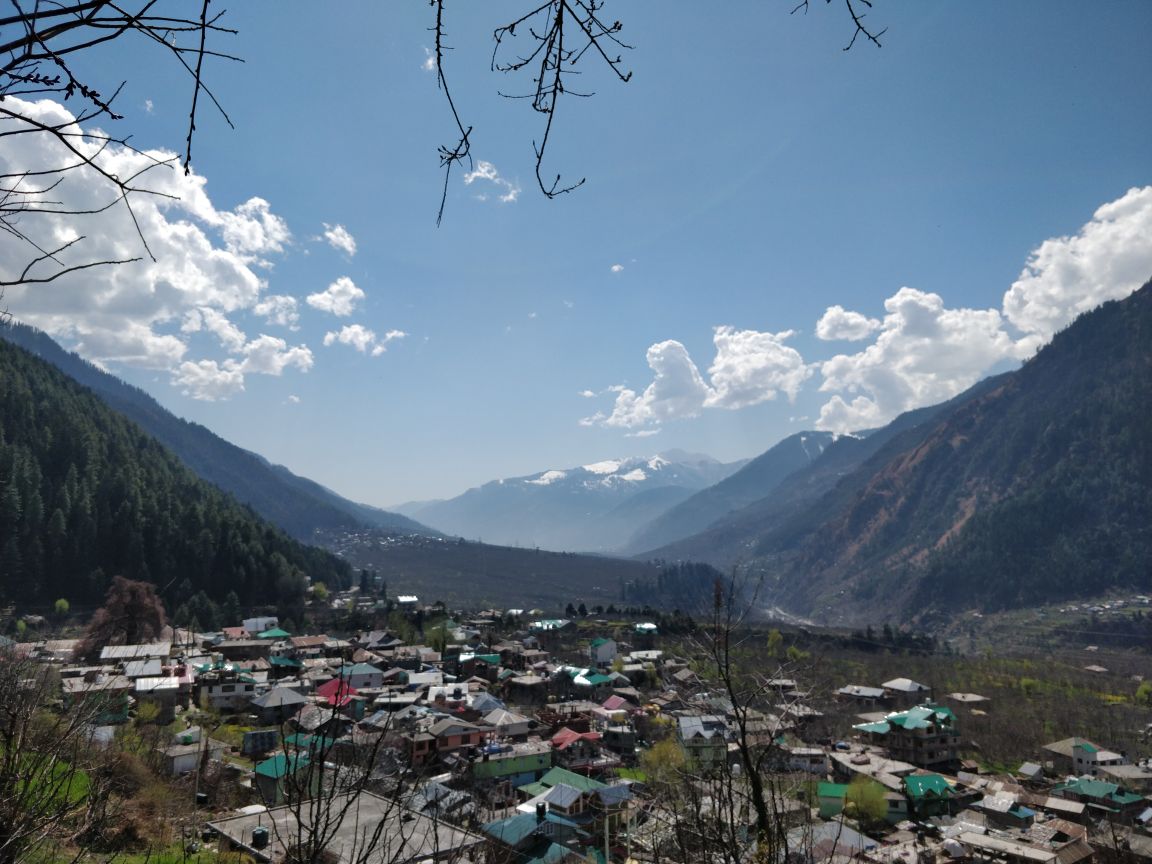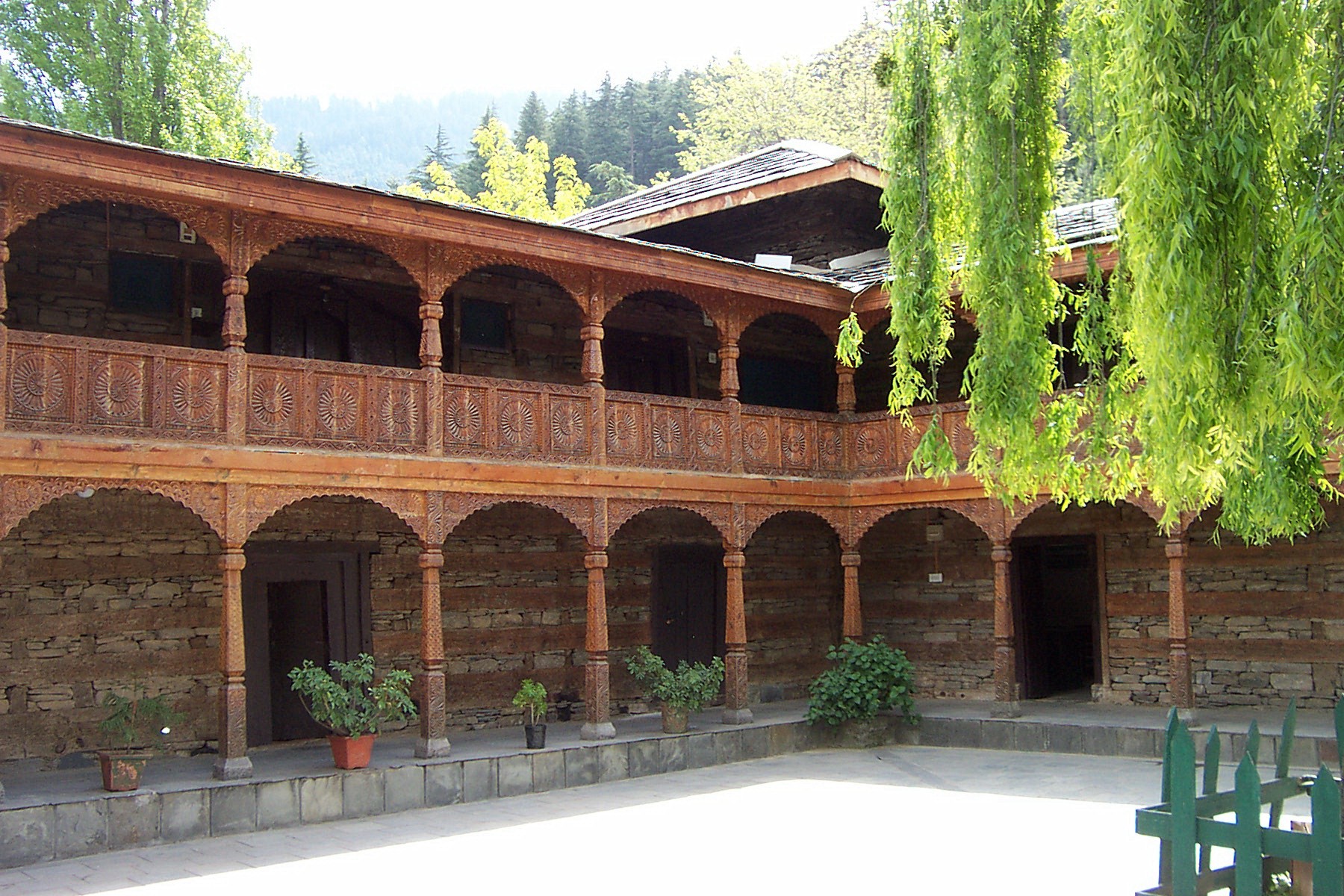.jpg/jcr:content/renditions/cq5dam.web.512.288.jpeg)
Sorry, we couldn't find anything that matches your search.
Destination

Famous Places to Explore in Hyderabad
A vibrant city with the imposing...

Raipur Tourist Places | Best Place to Visit
The stronghold of several erstwhile...

Ahmedabad
Declared as India's first UNESCO World...
#
The UNESCO World Heritage Site of the Great Himalayan National Park is one of the most protected areas in the Himalayas. It is home to almost 350 species of flora and 800 species of fauna, some of which are endangered. The park shelters four of the world's threatened species of mammals (snow leopard, serow, the Himalayan tahr and musk deer) and three of the world's threatened bird species (Western tragopan, koklass, cheer pheasants). A large part of the park's green cover is composed of three varieties of oak – ban, mohru and kharsu. This park offers an ideal opportunity to experience camping and trekking through serene alpine pastures. The best time to visit the park is during summer and autumn. It was recognised as a national park in 1999. The park is sprawled across 1,171 sq km and shares its boundary with several other natural reserves like the Pin Valley National Park, the Rupi Bhaba Wildlife Sanctuary and the Kanwar Wildlife Sanctuary in Parvati valley. It can be reached from Bhunter, Manali and Spiti in Himachal Pradesh as it covers several sub-Himalayan regions. The park is a hotspot for both wildlife and adventure enthusiasts as it offers an opportunity to organise a large number of treks, which range from easy to difficult, in the various sub-regions of the park. Since several villages have also been included in its expansion since 2004, visitors get a chance to witness the symbiotic relationship of the locals have with their environment.








